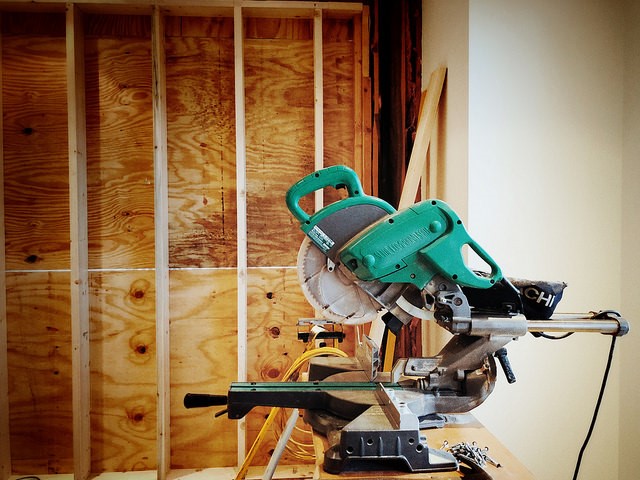Buying a house is a major financial transaction and, for most Americans, the largest one they’ll ever undertake. So pulling the necessary resources together to be able to afford the upfront costs, in addition to the ongoing obligations, maintenance, and upkeep can be difficult. Especially for first-time home buyers who don’t have the benefit of being able to sell a home to help fund their down payment. For this reason, many millennials who aspire to homeownership have decided it’s worth making a few sacrifices in order to help save money to buy a house. In fact, according to a recent survey from ValueInsured, there are some common sacrifices young Americans say they are willing to make in order to buy their first home. For example, nearly 60 percent of respondents said they would cut down or give up eating out – which made giving up restaurants the most popular sacrifice among survey participants. Other common sacrifices included taking a second job, not going on vacations, moving back in with their parents, and giving up shopping for clothes. More here.



 If you’re a homeowner, you know the to-do list is never ending. And, if you’re a buyer, you’ll know soon enough. That’s because, owning a home means maintaining a home. Proof of that can be seen in the fifth annual LightStream Home Improvement Survey. According to the results, 58 percent of surveyed homeowners say they’re planning to spend money on home improvement projects in 2018. And the number who said they plan on spending $35,000 or more has doubled from last year. But though there are more homeowners planning projects this year, the list of projects hasn’t changed all that much. Once again, outdoor upgrades remain the most popular, with decks, patios, and landscape projects topping the list. Kitchen and bathroom remodels, of course, also rank high, coming second and third on Americans’ home improvement, to-do list. So how are these homeowners planning on paying for all these upgrades and renovations? Well, the vast majority said they were paying for their projects out of savings. However, another way homeowners are saving on their home improvement bills is by doing, at least, some of the work themselves. More
If you’re a homeowner, you know the to-do list is never ending. And, if you’re a buyer, you’ll know soon enough. That’s because, owning a home means maintaining a home. Proof of that can be seen in the fifth annual LightStream Home Improvement Survey. According to the results, 58 percent of surveyed homeowners say they’re planning to spend money on home improvement projects in 2018. And the number who said they plan on spending $35,000 or more has doubled from last year. But though there are more homeowners planning projects this year, the list of projects hasn’t changed all that much. Once again, outdoor upgrades remain the most popular, with decks, patios, and landscape projects topping the list. Kitchen and bathroom remodels, of course, also rank high, coming second and third on Americans’ home improvement, to-do list. So how are these homeowners planning on paying for all these upgrades and renovations? Well, the vast majority said they were paying for their projects out of savings. However, another way homeowners are saving on their home improvement bills is by doing, at least, some of the work themselves. More 

